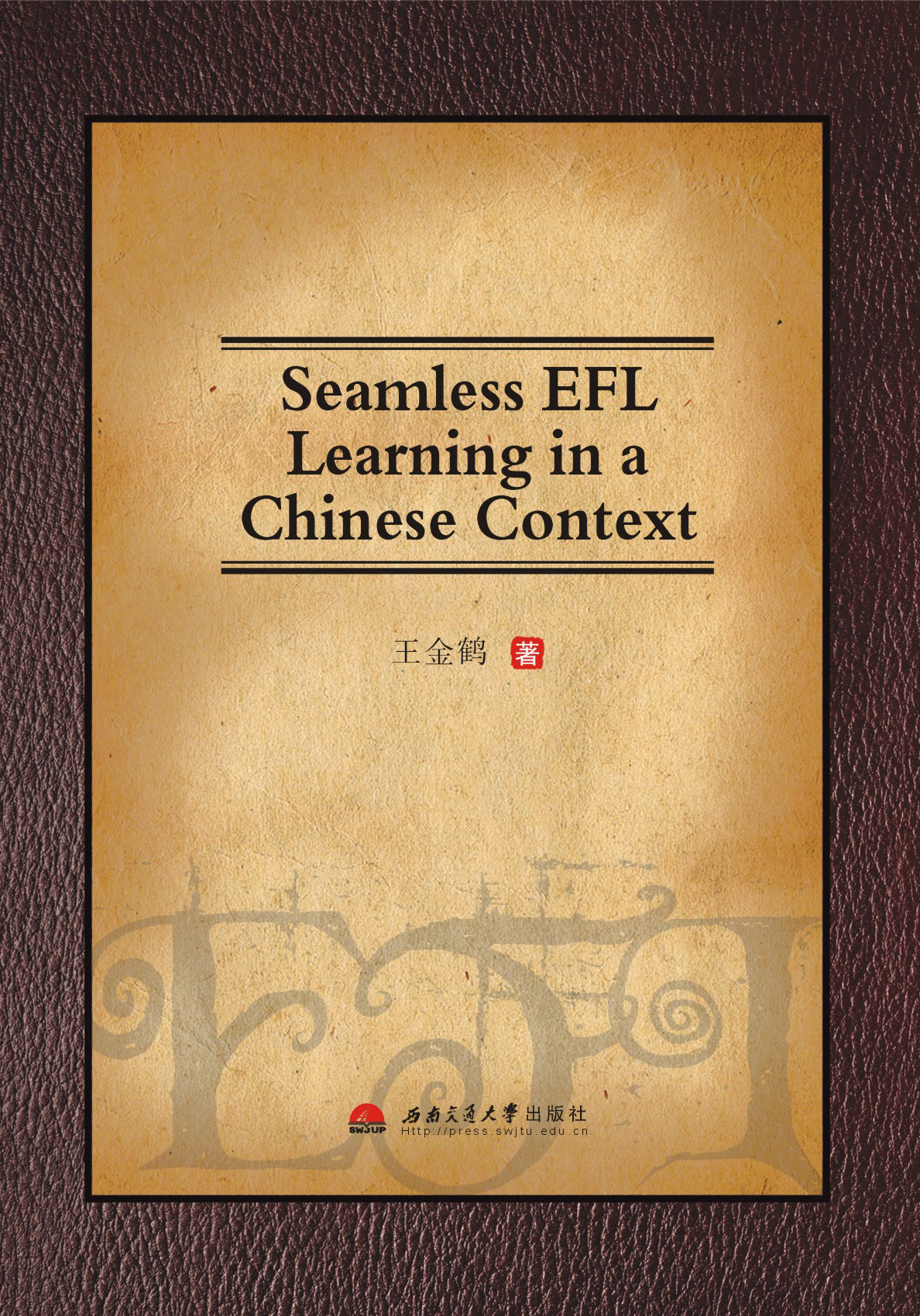-
 日语教学与思维创新研究
日语教学与思维创新研究作者:李明姬
《日语教学与思维创新研究》是一部有关日语教学及创新思维方法与理论的学术著作。主要探讨了在日语教学中如何培养学生的创新思维能力,激发他们的学习兴趣,尽快让他们形成自主自觉学习的习惯,使培养出来的学生不仅能够掌握所学的知识,还能掌握学习知识的方法,学以致用,学能活用。具体内容涉及日本文化、日语课堂教学策略、教学语境构建、教学模式、创新思维在日语教学中的应用等方面。
《日语教学与思维创新研究》可作为各类日语师资培训班教学用书以及日语教师和学习者的参考书。 -
 体验式英语语音教学设计
体验式英语语音教学设计作者:许立红 金洋琼
本书是研究英语语音教学的专著。旨在解决农村英语语音教学需要解决的三个方面的问题:如何提升农村英语教师语音专业水平;如何提升农村英语教师语音教学能力;如何通过课堂教学完成以上两项工作。内容包括体验教育的概念和意义、体验教育的教学方法体系、体验在教师教育中的运用、面向农村英语教师的语音体验教学策略等四部分。对于提高农村中小学英语教学水平有积极意义。
-
 农村小学英语有效教学策略
农村小学英语有效教学策略作者:许立红 高源
本书研究小学英语教师的效能和课堂教学的有效性,旨在通过以“国培项目”为基础的实证研究,探讨提高教学效率和教师效能的有效方法,推进农村小学英语教学的可持续发展。理论与案例部分大约各占一半。理论部分由师范学院教师参加编写,教学案例和实证调查与分析部分由参加2014“国培项目”的农村小学英语教师完成。本书的突出实证调查,结合数据分析,理论联系实际,可作为各级小学英语教师培训教材或参考资料。
图书分类
Book classification- 无缝学习是日新月异的信息技术与教学相融合的崭新教学理念,倡导可持续的教育生态体系的建立。本书对无缝学习的最新研究理论进行了回顾分析,对非目标语环境中的“无缝学习”模式进行了界定,对建构以学习者为中心的外语学习框进行了论述。
- ntroduction
The fast development of information and communication technologies is now promoting economic and social trans...查看更多
-
Introduction 1
Chapter 1Review of EFL Teaching in China 9
1.1 A Profile of English Learners at Various Levels o...查看更多




